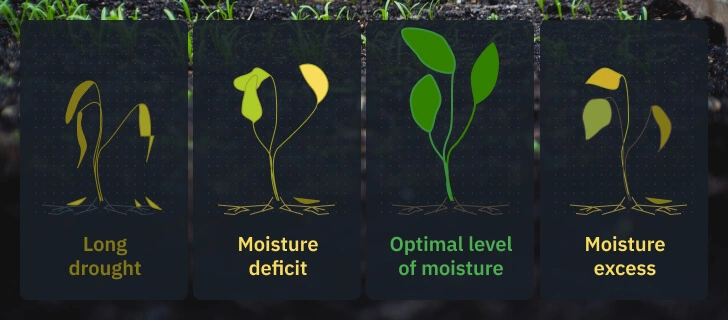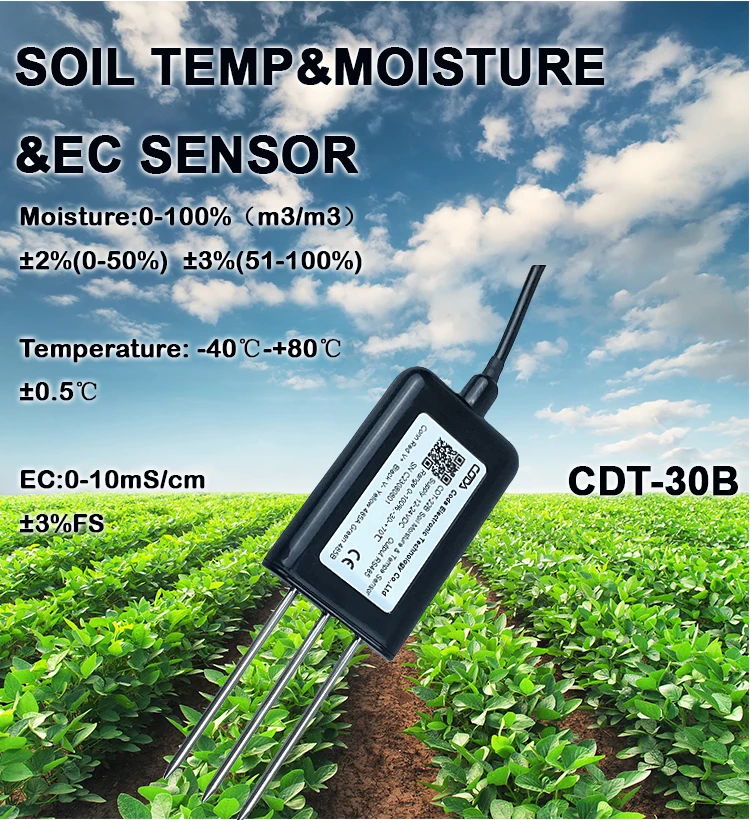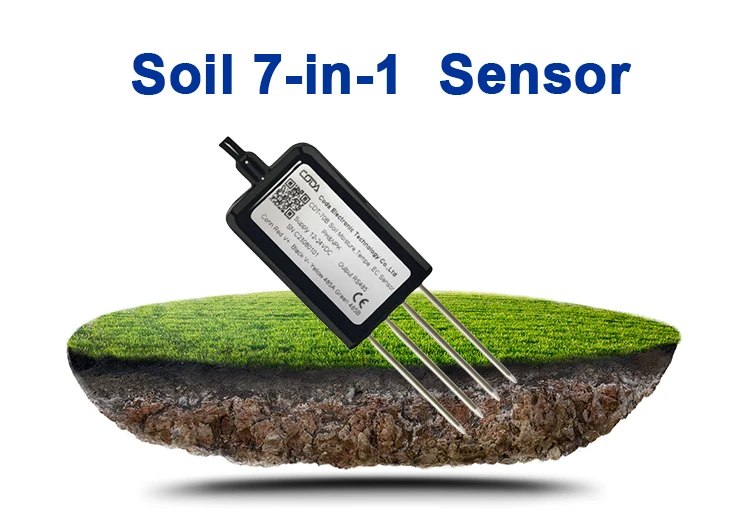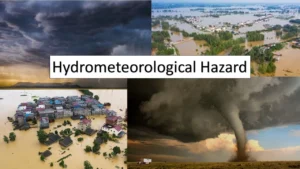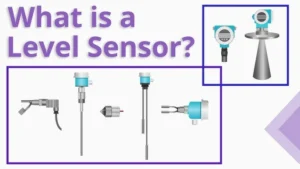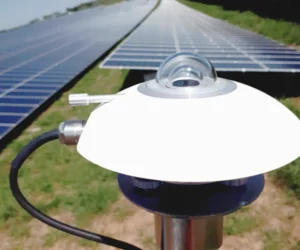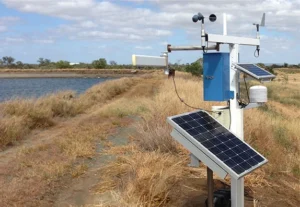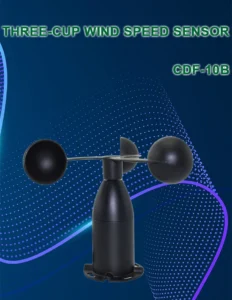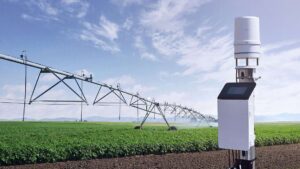How to calculating soil moisture content?
Measuring soil moisture is important in many fields like agriculture, environmental science, and hydrology. Many methods, both old and new, have been created to meet different needs. Here is a summary of these methods:
**Traditional Ways to Measure Soil Moisture Content**
1. **Oven Drying Method (Gravimetric Method)**
– **Principle:** This method finds the soil’s moisture content by measuring the weight before and after drying.
– **Steps:**
– Collect fresh soil samples from the field that represent the area.
– Grind the soil sample. Then, put it in a container that you weighed before.
– Weigh the sample along with the container.
– Dry the sample in an oven at 105°C. Continue drying until it has a constant weight.
– Allow the sample to cool and measure its weight again.
– **Equation:** Soil Moisture Percentage = (Wet Mass – Dry Mass) / Dry Soil Mass × 100%
– **Features:** This method is very accurate, but it takes a lot of time and effort.
2. **Specific Gravity Method**
– **Principle:** You can find the moisture content by looking at how the specific gravity of soil changes when it is in water.
– **Steps:**
– Determine soil sample in volume of water and mix it well.
– Find the volume and mass of the water that was pushed aside. Next, find the dry weight and the wet weight of the soil sample. This will help you check the moisture content.
– **Features:** This method is easy to do, but it can be affected by soil texture and particle size.
**Modern Instrument-Based Methods**
1. **Soil Moisture Sensors**
– **Principle:** These sensors use technologies such as electromagnetic waves or capacitance. They measure how well the soil can store electrical energy. This relates to how much moisture is in the soil.
– **Types of Sensors:**
– Time Domain Reflectometry (TDR) assesses the duration electromagnetic waves take to travel through soil.
– Frequency Domain Reflectometry (FDR): Tracks changes in the frequency of electromagnetic waves that move through soil.
– Capacitive Moisture Meters: Estimate moisture by looking at changes in soil capacitance.
– **Features:** These tools provide real-time, non-destructive readings. However, factors like soil type and salinity can affect accuracy.
2. **Tensiometer Method**
– **Principle:** It measures how much tension or suction water has in the soil. A ceramic tip touches the soil and balances with the moisture in it. This allows us to measure amount of water tension.
– **Features:** This method is great for tracking changes in soil moisture. It mainly looks at water tension, not the actual moisture content.
3. **Resistive or Capacitive Method**
– **Principle:** Soil moisture affects how well electricity can pass through it. These changes are measured by sensors placed in the soil.
– **Applications:** These sensors measure changes in resistance or capacitance to find out moisture levels.
– **Features:** Affordable and simple, but can be influenced by things like soil salinity or temperature.
4. **Microwave Remote Sensing**
– **Principle:** Employs infrared or microwave remote sensing to assess soil reflectance or radiation emission. Mathematical models are used to estimate the total moisture water content.
– **Features:** This is good for monitoring on a large scale. However, it may have problems with surface plants or rough ground that can affect readings.
5. **Nuclear Techniques (e.g., Neutron Probe, Gamma-Ray Method)**
– **Principle:** Uses radioactive isotopes to find hydrogen atoms in the water found in soil.
– **Safety Concerns:** These methods are used less often due to health risks and worries about the environment.
– **Features:** This method is good for studying deep soil moisture. However, it needs special equipment and careful handling for safety.
Factors to Consider When Choosing a Soil Moisture Measurement Method
When choosing a way to measure soil moisture, keep these important factors in mind:
– Accuracy needs:
Decide how accurate you need to be based on your research or project goals.
– Soil type:
Some measurement methods may work better or worse based on the soil’s features.
– Cost:
Consider not just the initial cost of the equipment, but also the ongoing maintenance and operating costs.
– Ease of use:
Choose a simple method that is easy to use and needs little technical skill.
– Monitoring needs:
Choose if you need real-time monitoring or periodic checks. Then, pick an approach that fits these needs.
conclusion
To sum up, each soil moisture measurement method comes with its unique set of strengths and limitations. The best choice depends on the project’s needs, budget, and how easy it is to implement. In real life, people often use the oven drying method as a standard. It helps to find faster and easier options.
